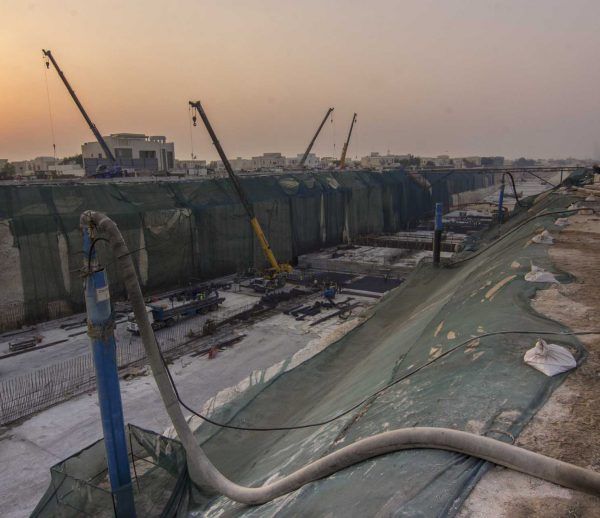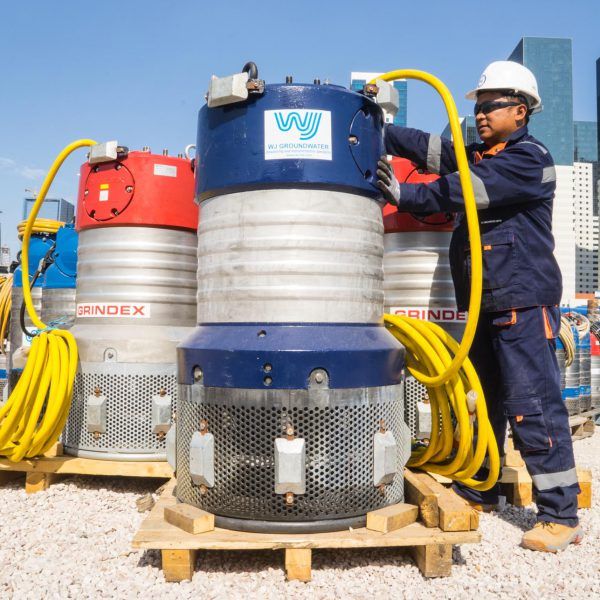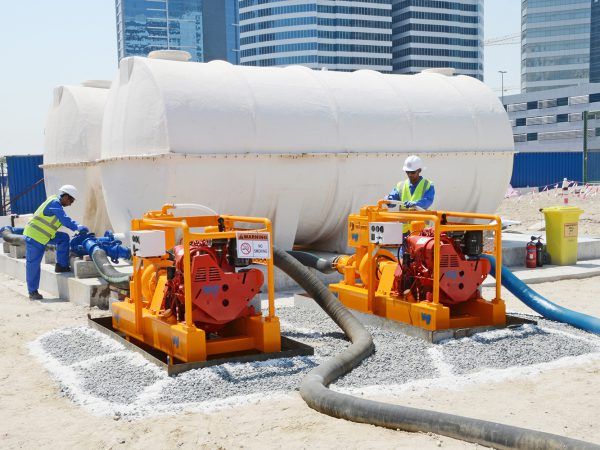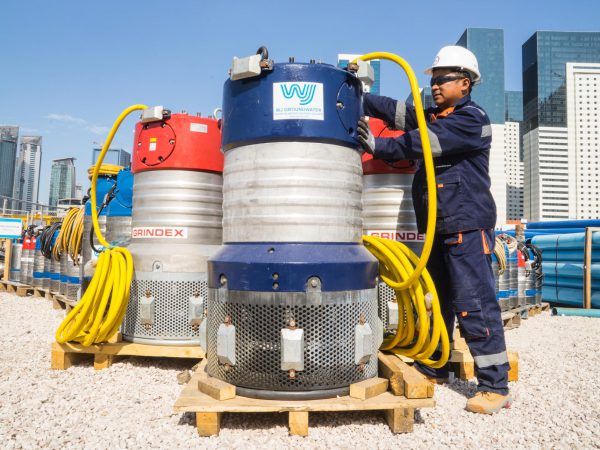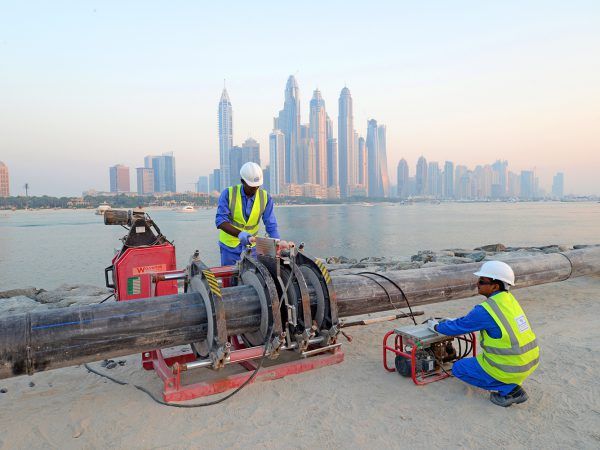Sump Pumping
Sump pumps offer a reliable and straight forward way of controlling groundwater inflows in rock and stable soils. WJ commonly uses a combination of sump pumping and deepwell dewatering to control fissure and fracture flow in bedrock. The key to success when sump pumping is to construct trenches and sump pits to intercept and channel water towards the sump pumps. Where low permeability soils and rock are encountered or where overbleed is a problem, installation of French Drains leading to sump pumps or deepwells can be an ideal solution. A French drain is a trench installed with a horizontal slotted pipe and backfilled with aggregate allowing water to flow freely along its length to a sump pit. Trenches are typically 0.5m wide and a minimum of 1.0m in depth with a slope towards the collection point.
Why Use Sump Pumping?
Sump pumps are commonly used for overpumping lagoons, lakes, pipelines, and sewage treatment works. As they are significantly smaller than diesel surface pumps, they can be placed in confined spaces such as manholes, or placed on floating pontoons in the centre of lakes. A key benefit is that as they are electric they are much quieter than diesel pumps, can be connected to a super-silenced generator or mains power supply, and are extremely robust.
WJ Middle East have a large fleet of electric sump pumps ranging from 2kW to 90kW, from 2l/s to 250l/s, suitable for pumping both groundwater and sewage.
Featured Sump Pumping Projects
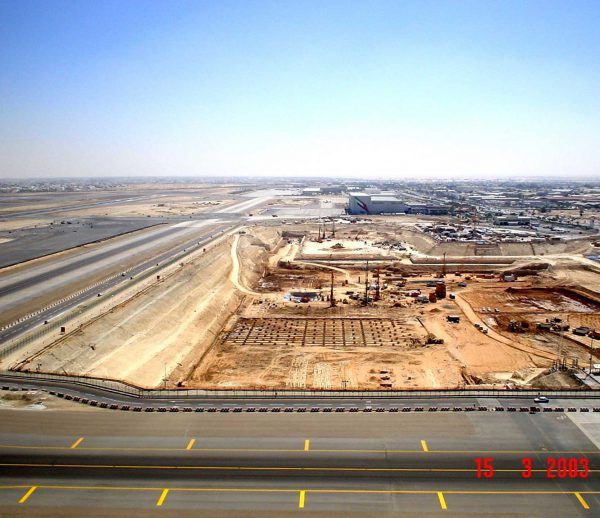
Dubai International Airport: Terminal 3 & Concourses
